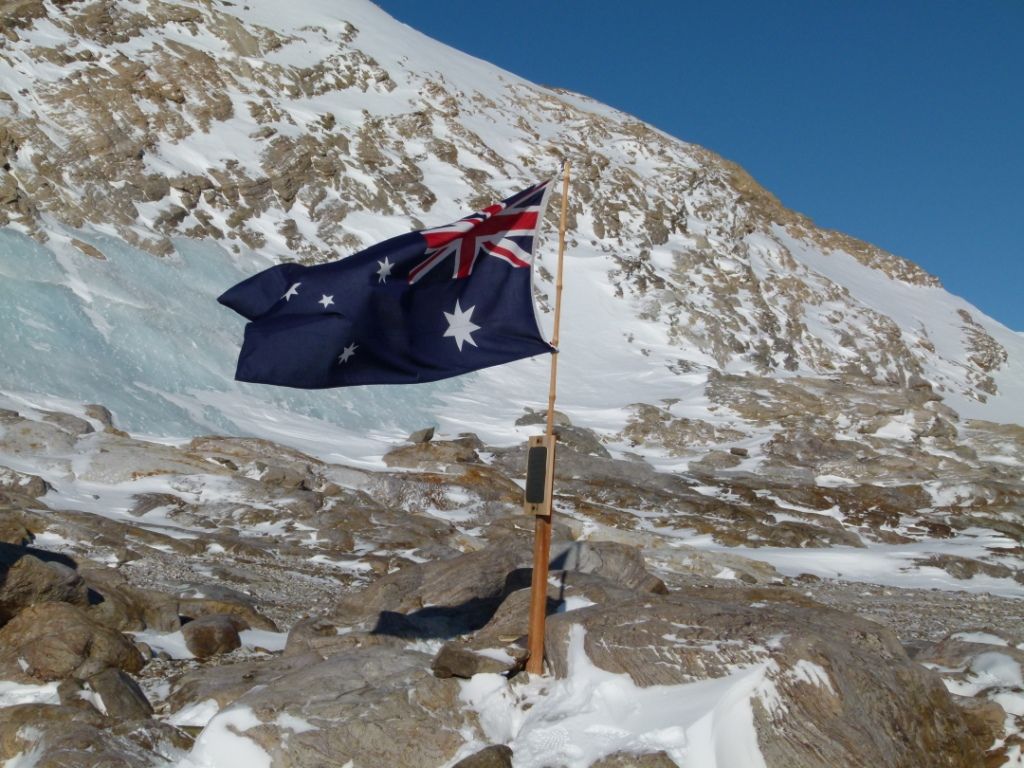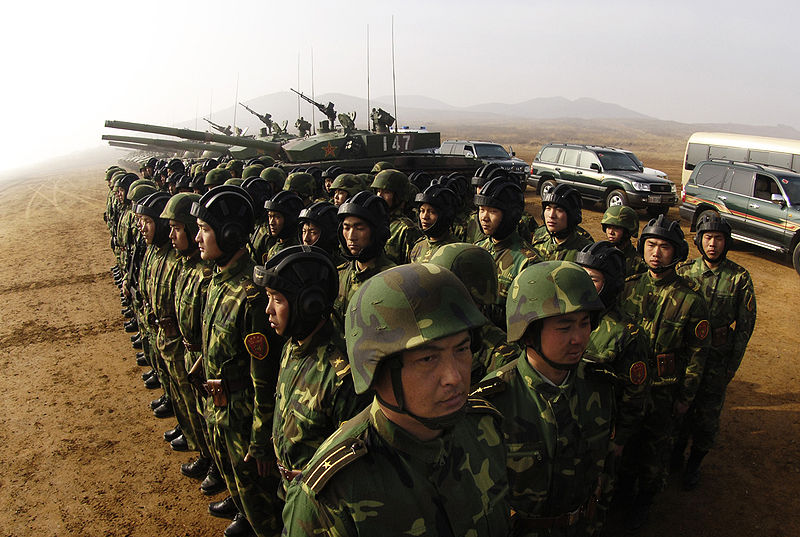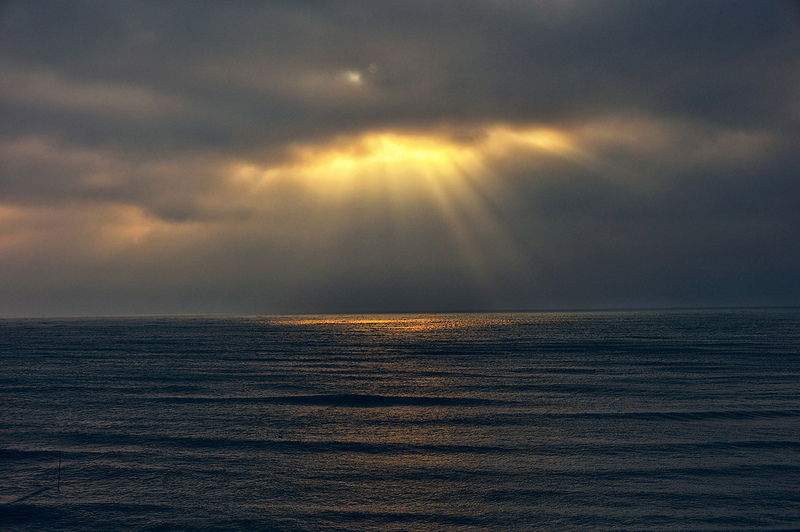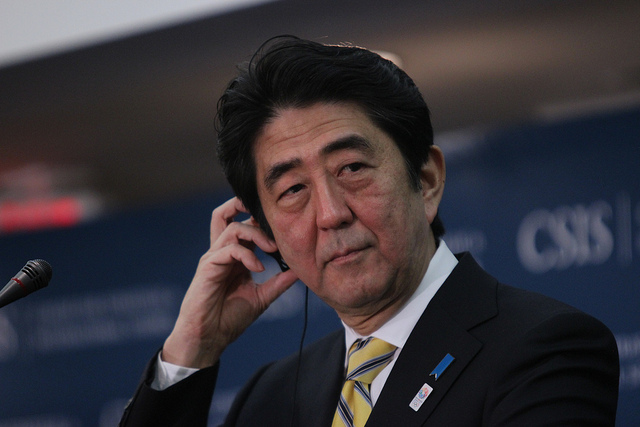The Air Warfare Destroyer project – how effective is the alliance model?
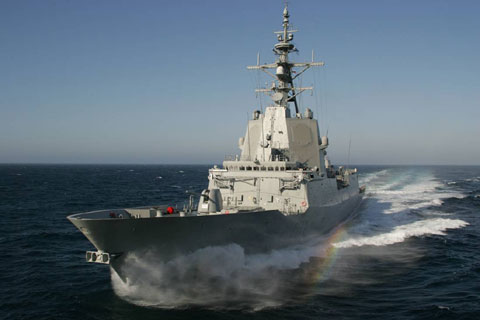 Of all the issues facing the new defence minister, the replacement of the Collins class submarines stands out in terms of scale, complexity and difficulty. A critical aspect of this multi-billion dollar program will be the commercial arrangements under which the boats are built. The challenge is to design a commercial framework that brings together local industry and foreign suppliers while protecting taxpayers’ interests and assuring that the Navy gets what it needs.
Of all the issues facing the new defence minister, the replacement of the Collins class submarines stands out in terms of scale, complexity and difficulty. A critical aspect of this multi-billion dollar program will be the commercial arrangements under which the boats are built. The challenge is to design a commercial framework that brings together local industry and foreign suppliers while protecting taxpayers’ interests and assuring that the Navy gets what it needs.
Fortunately, we have an experiment already underway in one of the possible options; the alliance contract being used to deliver the three-vessel $8 billion Air Warfare Destroyer (AWD) project. The new government would do well to look closely at the AWD project to see what it can learn.
The AWD Alliance involves three parties, the Defence Materiel Organisation (DMO), Raytheon Australia and the government-owned but commercially operated ASC Pty Ltd. The contracts are valued at $2.6 billion for ASC Pty Ltd and $1.7 billion for Raytheon Australia. Subcontractors to the Alliance include the US Government Foreign Military Sales program for the Aegis radar and combat system, and the Spanish shipbuilder Navantia for the design and some module fabrication. BAE Systems Australia in Williamstown, Victoria and Forgacs Engineering in Newcastle, NSW are also involved in module construction for the AWD vessels, which are being consolidated and fitted out in the ASC facility in Osborne, South Australia. Read more

